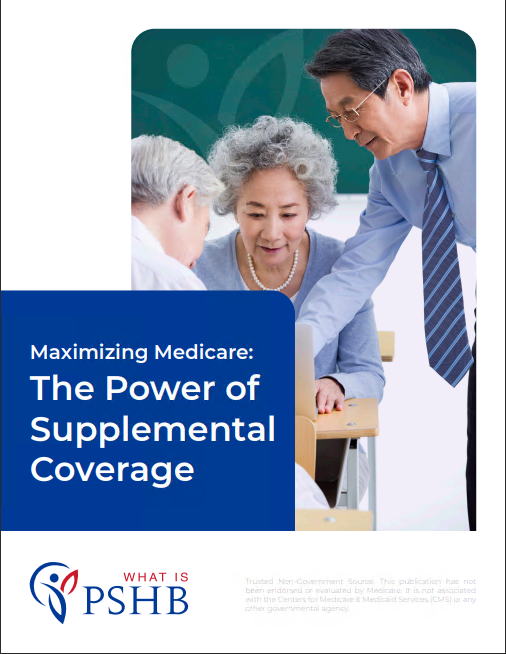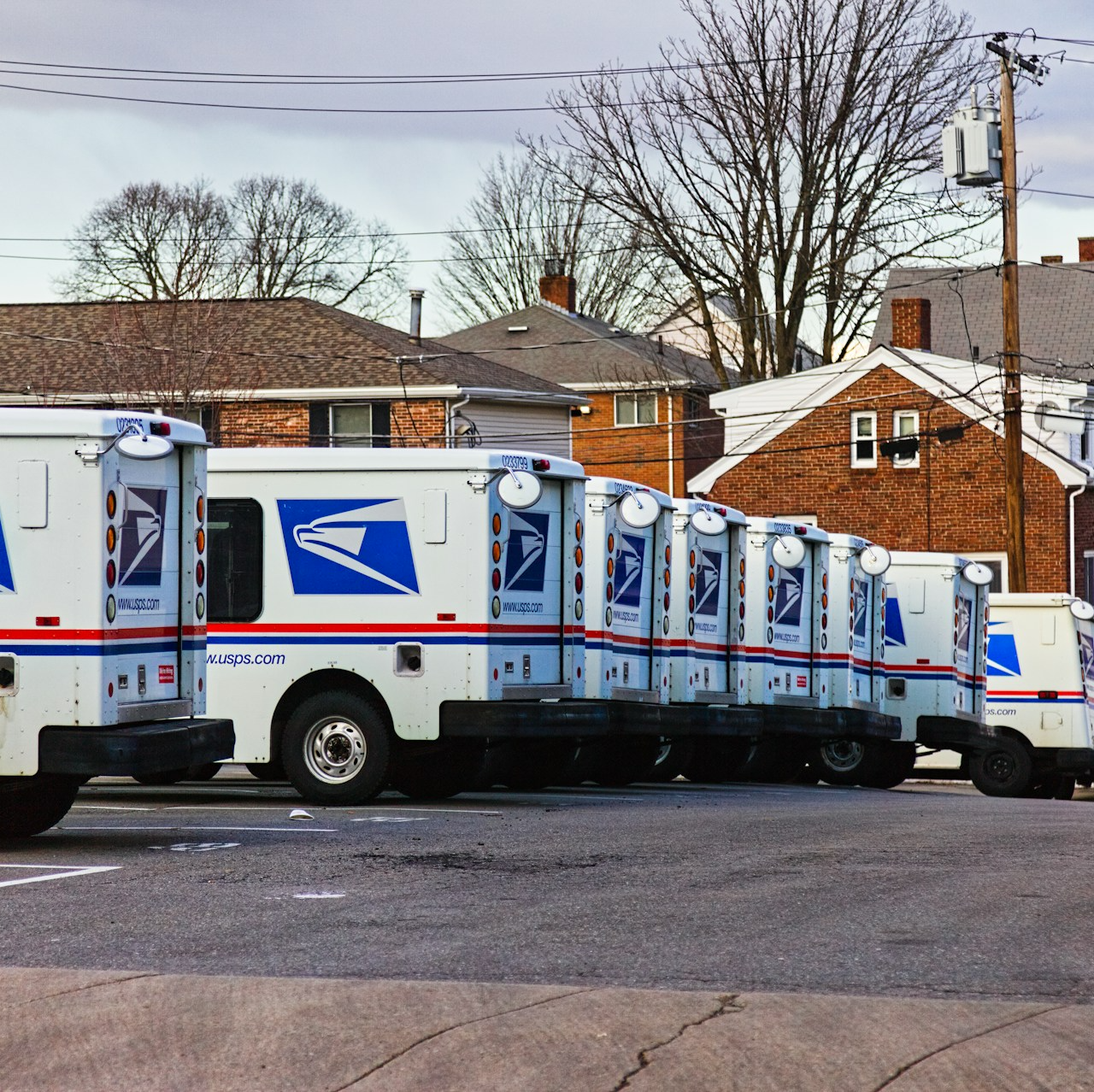Key Takeaways:
- Don’t Miss the Medicare Enrollment Deadline: If you haven’t enrolled in Medicare Part B yet, now’s your chance to avoid penalties before the PSHB transition begins in January 2025.
- PSHB Launch Is Right Around the Corner: With Open Season from November 11 to December 9, 2024, and the official PSHB program switch on January 1, 2025, it’s crucial to lock in your health benefits and review all your coverage options.
Why Medicare Part B Matters for USPS Retirees
With the Postal Service Health Benefits (PSHB) program launching on January 1, 2025, now is the perfect time to ensure you’ve got everything in place for your healthcare coverage. One key factor that could seriously affect you financially is Medicare Part B. If you haven’t signed up for it yet, you might face penalties down the road, and no one wants to deal with that. Luckily, there’s still time to avoid this, but you’ve got to act quickly.
The Importance of Medicare Part B
Medicare Part B covers many essential medical services like doctor visits, outpatient care, and preventive services. While it’s not free, avoiding it could be costly in the long run. The PSHB program—created under the Postal Service Reform Act of 2022—will require Medicare-eligible retirees to be enrolled in Medicare Part B to continue receiving their full health benefits under the new system. This transition is important because PSHB plans will work in tandem with Medicare to ensure you get the most comprehensive coverage possible.
If you’re already retired or planning to retire before January 1, 2025, you won’t be forced to enroll in Medicare Part B. However, for those retiring after this date, it’s mandatory to sign up for Part B when you’re eligible. The bottom line? Understanding your Medicare obligations now can save you a lot of stress and unnecessary expenses later.
How the Special Enrollment Period (SEP) Helps You
If you’re currently not enrolled in Medicare Part B and are wondering how to get on board without facing penalties, here’s some good news: a Special Enrollment Period (SEP) ran from April to September 2024. During this window, USPS retirees who hadn’t signed up for Part B yet were given the opportunity to enroll without facing late fees. While that particular SEP has ended, don’t lose hope—there are still ways to avoid penalties if you act before the PSHB transition.
Penalties for Late Enrollment
Here’s the deal: missing your Medicare Part B enrollment when you’re first eligible can cost you a lot. If you wait too long to sign up, you could end up paying a late enrollment penalty. The penalty is usually added to your Part B premium and sticks with you for life. The longer you delay, the higher your penalty—usually 10% for each full 12-month period that you could have had Part B but didn’t sign up. No one wants to pay more than they have to, so make sure you’re aware of the deadlines.
PSHB Open Season: Your Chance to Review and Choose
The PSHB Open Season runs from November 11 to December 9, 2024. During this time, you’ll have the chance to review your current coverage and switch to a PSHB plan that suits your healthcare needs. USPS employees and retirees will be automatically transitioned to a plan that closely matches their Federal Employees Health Benefits (FEHB) plan, but it’s a good idea to check out all the options available.
You may want to explore how the new PSHB plans work with Medicare, particularly if you’re already enrolled in Medicare Part B. Many PSHB plans offer integrated benefits that help reduce out-of-pocket costs, like lower copays and deductibles. And if you haven’t enrolled in Medicare yet, this is the ideal time to make sure your health coverage will be as cost-effective as possible come January.
Costs and Contributions: What You Need to Know
One of the most common questions I hear is: “How much will this cost me?” For 2025, the biweekly premium costs under PSHB are broken down like this:
- Self Only: $397.35
- Self Plus One: $858.89
- Self and Family: $934.65
The government contributes 72% of this total premium, which is pretty significant. Your contribution will make up the remaining 28%. Over the course of the year, the estimated costs for employees are:
- Self Only: $2,892.76
- Self Plus One: $6,252.74
- Self and Family: $6,804.20
Of course, these numbers don’t include potential savings from enrolling in Medicare Part B. Many PSHB plans coordinate with Medicare to reduce out-of-pocket expenses like deductibles, copays, and even prescription drug costs.
Coordinating PSHB and Medicare for Extra Savings
For those already on Medicare or planning to enroll, many PSHB plans offer perks that could save you money. Some plans might even reimburse you for a portion of your Medicare Part B premiums, while others waive certain deductibles when you’re enrolled in both Medicare and a PSHB plan. Understanding how these two systems work together can seriously reduce your healthcare costs in the long run.
Another big plus? All PSHB plans for Medicare-eligible retirees will include Medicare Part D prescription drug coverage, so you won’t need a separate plan for your medications. This integration makes managing your healthcare a little easier, especially when it comes to budgeting.
Dental and Vision Coverage Continues
If you’re wondering about dental and vision coverage, rest easy. These benefits will continue under the Federal Employees Dental and Vision Insurance Program (FEDVIP), so you won’t lose out on routine dental care, cleanings, or prescription eyewear. However, it’s worth noting that FEDVIP premiums will be increasing slightly in 2025—by an average of 2.97% for dental plans and 0.87% for vision plans. Keep this in mind when reviewing your overall healthcare expenses for the coming year.
What Happens If You Miss Out?
So, what if you decide to skip enrolling in Medicare Part B? Well, missing this step could seriously impact your healthcare options under PSHB. Since many of the new PSHB plans are designed to work hand-in-hand with Medicare, not having Part B could mean you lose out on valuable benefits. Worse, you could end up paying more out-of-pocket for medical services, and that’s something everyone wants to avoid.
Why the Timing Matters
The timing of your Medicare Part B enrollment is crucial. Missing the initial enrollment period (which starts three months before you turn 65 and ends three months after your birthday) could result in penalties. With the PSHB switch happening in January 2025, make sure you’re fully covered before the transition. The PSHB Open Season, from November 11 to December 9, 2024, is your last big opportunity to evaluate your options and make any necessary changes to your healthcare plan.
Take Action Now to Avoid Future Headaches
As we approach January 1, 2025, the health benefits landscape is changing for USPS retirees. The Postal Service Reform Act of 2022 was designed to streamline healthcare benefits, but it also brings new obligations, like enrolling in Medicare Part B if you haven’t done so already. Use this final stretch of 2024 to ensure your health benefits are in order.
By acting during Open Season, you can avoid last-minute stress and make sure you’re fully covered when the PSHB program officially launches. And if you’re not enrolled in Medicare Part B yet, don’t wait until it’s too late—get ahead of potential penalties and secure your healthcare future today.
It All Comes Down to Staying Prepared
Missing out on Medicare Part B could mean higher costs and fewer healthcare options under the new Postal Service Health Benefits (PSHB) program. Don’t let that happen! Take advantage of this window to get your coverage squared away before the January 1, 2025 launch. Whether it’s during the PSHB Open Season from November 11 to December 9, 2024, or by reviewing your Medicare options, staying on top of your health benefits will ensure you’re prepared for what’s next.












